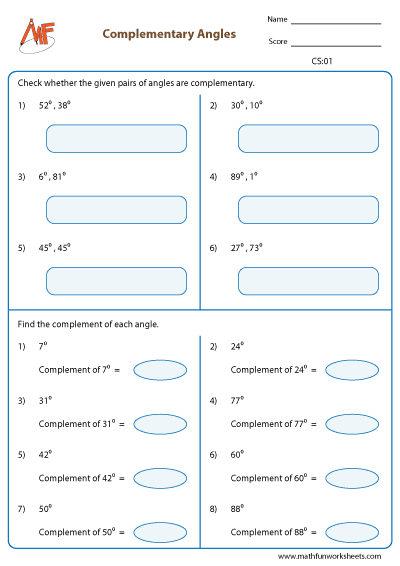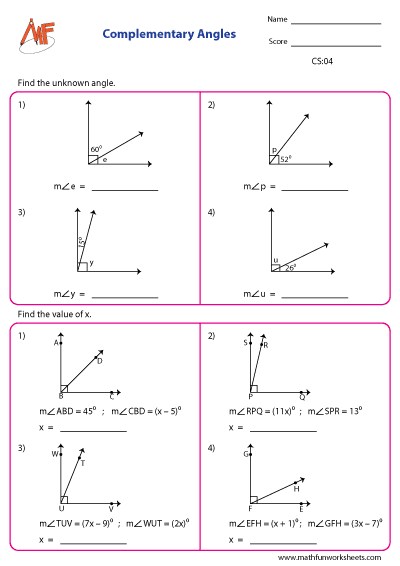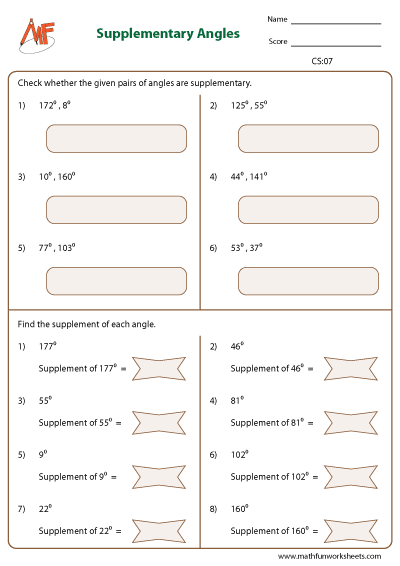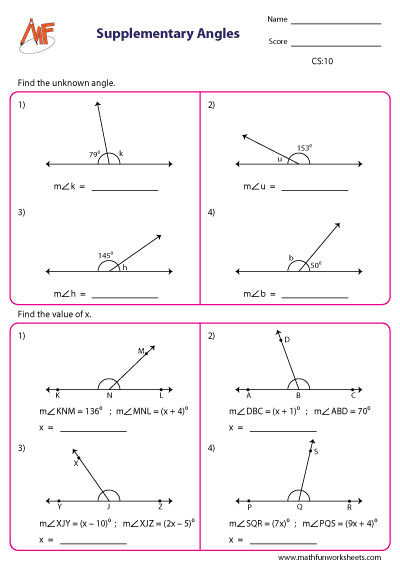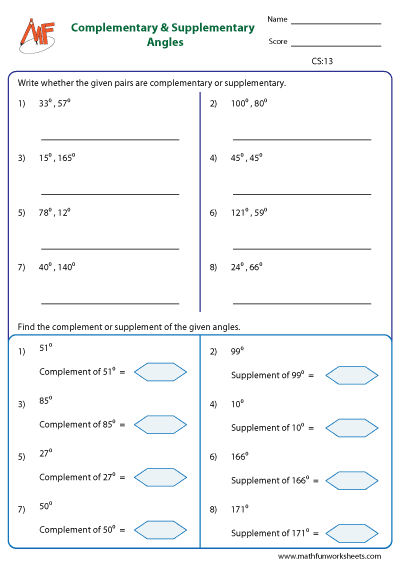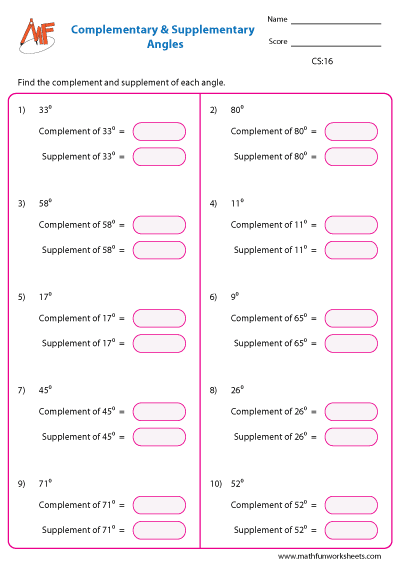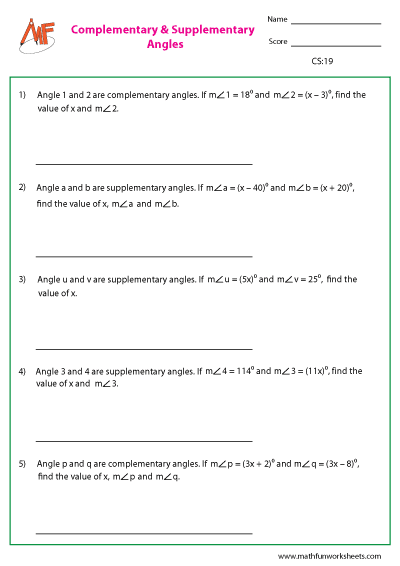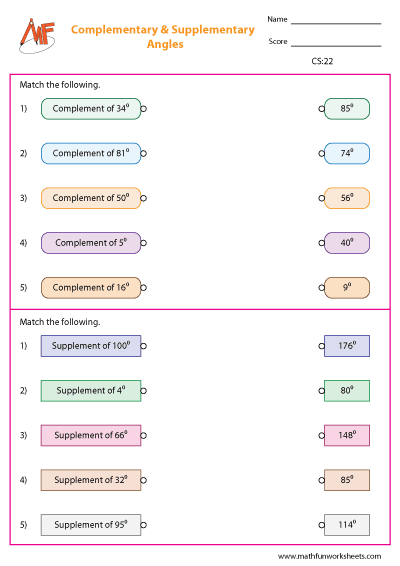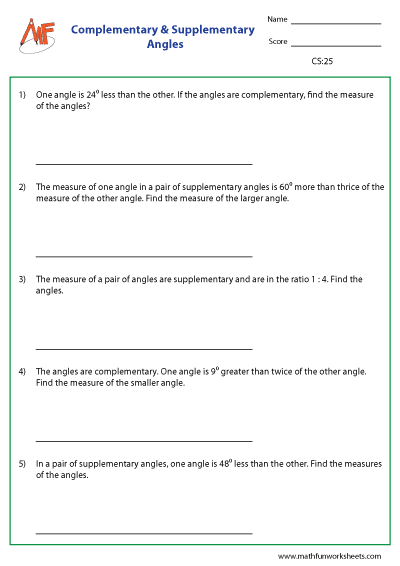Browse by Topics
- English Worksheets
- Science Worksheets
- Kid's Corner
- Numbers & Operations
- Addition
- Subtraction
- Multiplication
- Division
- Decimals
- Place Value
- Roman Numerals
- Skip Counting
- Odd & Even Numbers
- Patterns
- Cardinal & Ordinal Numbers
- Rounding Numbers
- Estimation of Numbers
- Estimation of Time & Money
- Counting & Cardinality
- Comparing Numbers
- Ordering Numbers
- Fractions
- Prime & Composite Numbers
- Squares & Cubes
- Square & Cube Root
- Divisibility Rules
- Factors & Multiples
- Data Handling
- Algebra
- Ratio
- Least Common Factor
- Greatest Common Factor
- Percent Worksheets
- Proportion
- Order of Operations
- Scientific Notation
- Exponents
- Algebraic Expressions
- Evaluating Algebraic Expressions
- Simplifying Algebraic Expressions
- Graphing Lines
- Point Slope Form
- Two Point Form
- Two Intercept Form
- Equations
- Identifying Functions
- Evaluating Functions
- Function Table
- Domain and Range
- Trigonometric Charts
- Quadrants
- Polynomials
- Measurement
- Geometry
- Word Problems
Complementary and Supplementary Angles Worksheets
Complementary and Supplementary Angles are basic concepts in geometry. These angles help students understand how angles relate to each other. Complementary angles are two angles whose measures add up to 90 degrees. For example, if one angle is 40°, the other must be 50° to be complementary. Supplementary angles, on the other hand, are two angles whose sum is 180 degrees. If one angle measures 110°, the other must be 70° to complete the pair.
Problems on complementary and supplementary angles are most easy to solve if you just remember the numbers 90 and 180. With the definitions given below, you will know how these numbers have been used in angles. You have ample problems to identify and calculate the missing measure of angles. Linear equations are also involved to calculate the measure of angles.
Complementary angles are two angles whose sum is 90°. So, the complement of 50° is (90 – 50), that is 40°. The complement of 40° is just the reverse, which is 50°.
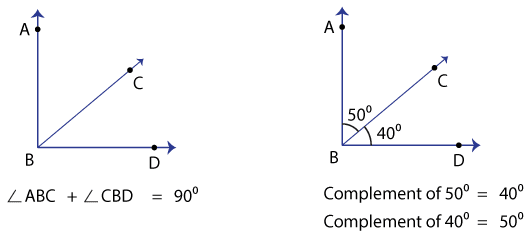
Supplementary angles are two angles whose sum is 180°. It can also be called linear pair of angles. The sum of a pair of linear angles is always 180°. Thus, the supplement of 55° is (180 – 55), that is 125°. The supplement of 125° is 55°, the vice versa.
 The first few worksheets would deal with the basics. Then, to find missing angles. In the end, three exclusive worksheets have 5 word problems in each sheet. All you need to do is to form equations and solve for the unknown variable to find the measure of angles. All the best practice materials are available here for free download. Print them at once!
The first few worksheets would deal with the basics. Then, to find missing angles. In the end, three exclusive worksheets have 5 word problems in each sheet. All you need to do is to form equations and solve for the unknown variable to find the measure of angles. All the best practice materials are available here for free download. Print them at once!
Complementary and Supplementary Angles
Find the missing complementary angle

Find the missing complementary angle
Find the missing supplementary angle

Find the missing supplementary angle
Check complementary / supplementary angles

Check complementary / supplementary angles
Find the complement and supplement angle

Find the complement and supplement angle
Find complementary / supplementary angles

Find complementary / supplementary angles
To easily remember the difference, think of the letter C in complementary as standing for a corner (90°). Similarly, the S in supplementary can remind you of a straight line (180°). This trick helps students quickly recall which is which.
These angle types appear often in geometry problems. For instance, when two angles form a right angle, they are complementary. When two angles lie on a straight line, they are supplementary. These relationships are useful when solving problems that involve parallel lines, triangles, or polygons.
Moreover, understanding these angles builds a strong foundation for trigonometry and algebra. Engineers and architects also use them in design and construction. Complementary and supplementary angles aren’t just theory—they appear in the real world too.
In summary, complementary angles total 90°, and supplementary angles total 180°. With practice, identifying them becomes easy. Keep in mind the simple tricks, use the definitions, and apply them to solve various math problems. By mastering these angles, students improve their geometry skills and problem-solving abilities.

